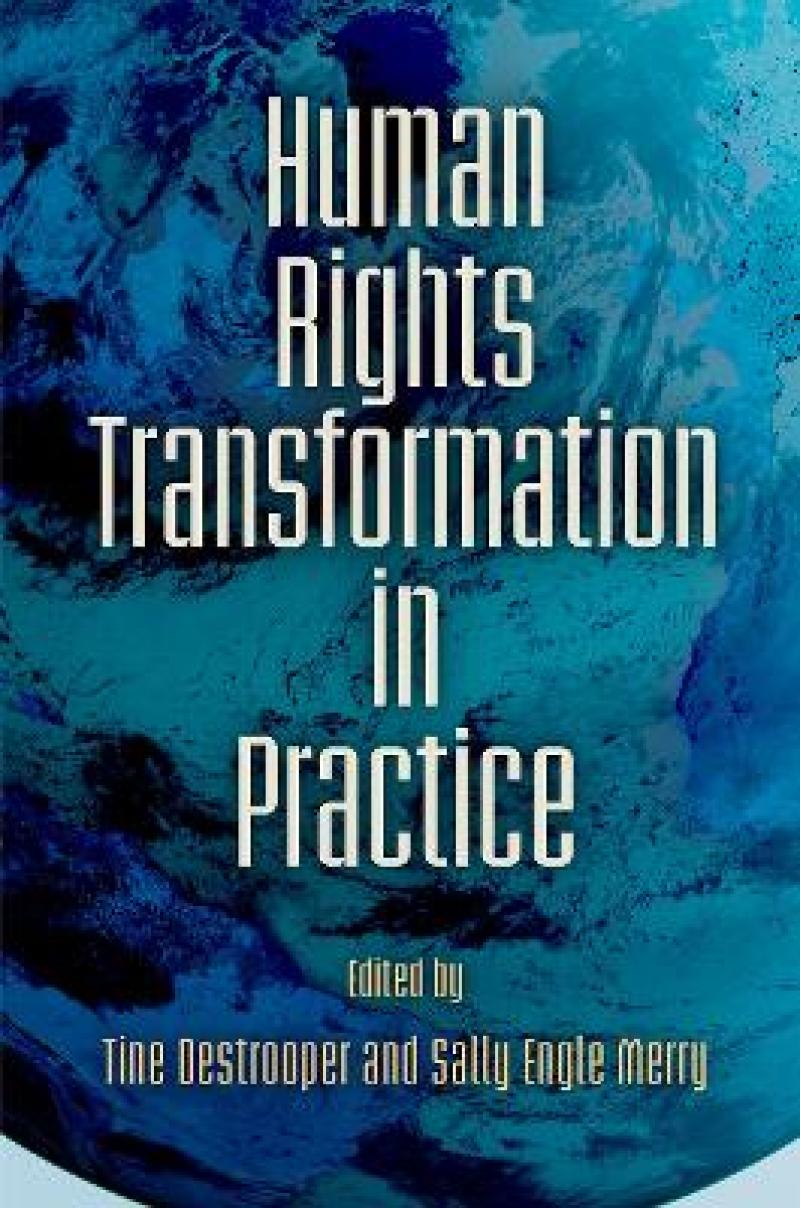"With highly recognized contributors, including many with a great deal of practical experience, <i>Human Rights Transformation in Practice</i> merits a wide readership throughout the field of social science research into human rights." (Barbara Oomen, Utrecht University) "<i>Human Rights Transformation in Practice</i> takes on an important topic, which is at the leading edge of the anthropology of law and sociolegal studies: the question of how human rights travel and change. It is an outstanding contribution to the field, subjecting the ideas of vernacularization, translation, and transformation of human rights to close examination and reflection." (Ronald Niezen, McGill University)
Human rights are increasingly described as being in crisis. But are human rights really on the verge of disappearing? Human Rights Transformation in Practice argues that it is certainly the case that human rights organizations in many parts of the world are under threat, but that the ideals of justice, fairness, and equality inherent in human rights remain appealing globally-and that recognizing the continuing importance and strength of human rights requires looking for them in different places. These places are not simply the Human Rights Council or regular meetings of monitoring committees but also the offices of small NGOs and the streets of poor cities.
In Human Rights Transformation in Practice, editors Tine Destrooper and Sally Engle Merry collect various approaches to the questions of how human rights travel and how they are transformed, offering a corrective to those perspectives locating human rights only in formal institutions and laws. Contributors to the volume empirically examine several hypotheses about the factors that impact the vernacularization and localization of human rights: how human rights ideals become formalized in local legal systems, sometimes become customary norms, and, at other times, fail to take hold. Case studies explore the ways in which local struggles may inspire the further development of human rights norms at the transnational level. Through these analyses, the essays in Human Rights Transformation in Practice consider how the vernacularization and localization processes may be shaped by different causes of human rights violations, the perceived nature of violations, and the existence of networks and formal avenues for information-sharing.
Contributors: Sara L. M. Davis, Ellen Desmet, Tine Destrooper, Mark Goodale, Ken MacLean, Samuel MartÍnez, Sally Engle Merry, Charmain Mohamed, Vasuki Nesiah, Arne Vandenbogaerde, Wouter Vandenhole, Johannes M. WaldmÜller.
Preface
-Sally Engle Merry
List of Abbreviations
Introduction. On Travel, Translation, and Transformation
-Tine Destrooper
PART I. INITIATIVES BY FORMAL HUMAN RIGHTS NORM-SETTERS
Chapter 1. The Escher-Human Rights Escalator: Technologies of the Local
-Vasuki Nesiah
Chapter 2. Accommodating Local Human Rights Practice at the UN Human Rights Council
-Arne Vandenbogaerde
Chapter 3. Human Rights-Based Approaches to Development: The Local, Travel, and Transformation
-Wouter Vandenhole-
PART II. INTERACTIONS BETWEEN SOCIAL MOBILIZATION AND LEGAL CLAIM-MAKING
Chapter 4. Lost Through Translation: Political Dialectics of Ecosocial and Collective Rights in Ecuador
-Johannes M. WaldmÜller
Chapter 5. Upstreaming or Streamlining? Translating Social Movement Agendas into Legal Claims in Nepal and the Dominican Republic
-Samuel MartÍnez
Chapter 6. New Visibilities: Challenging Torture and Impunity in Vietnam
-Ken MacLean
PART III. HUMAN RIGHTS PROGRAMS AND THE PROLIFERATION OF NONCONFRONTATIONAL METHODS
Chapter 7. Rural-Urban Migration and Education in China: Unraveling Responses to Injurious Experiences
-Ellen Desmet
Chapter 8. Localization "Light": The Travel and Transformation of Nonempowering Human Rights Norms
-Tine Destrooper
Chapter 9. Global Rights, Local Risk: Community Advocacy on Right to Health in China-Sara L. M. Davis and Charmain Mohamed
Afterword. Our Vernacular Futures
-Mark Goodale
List of Contributors
Index
Acknowledgments
